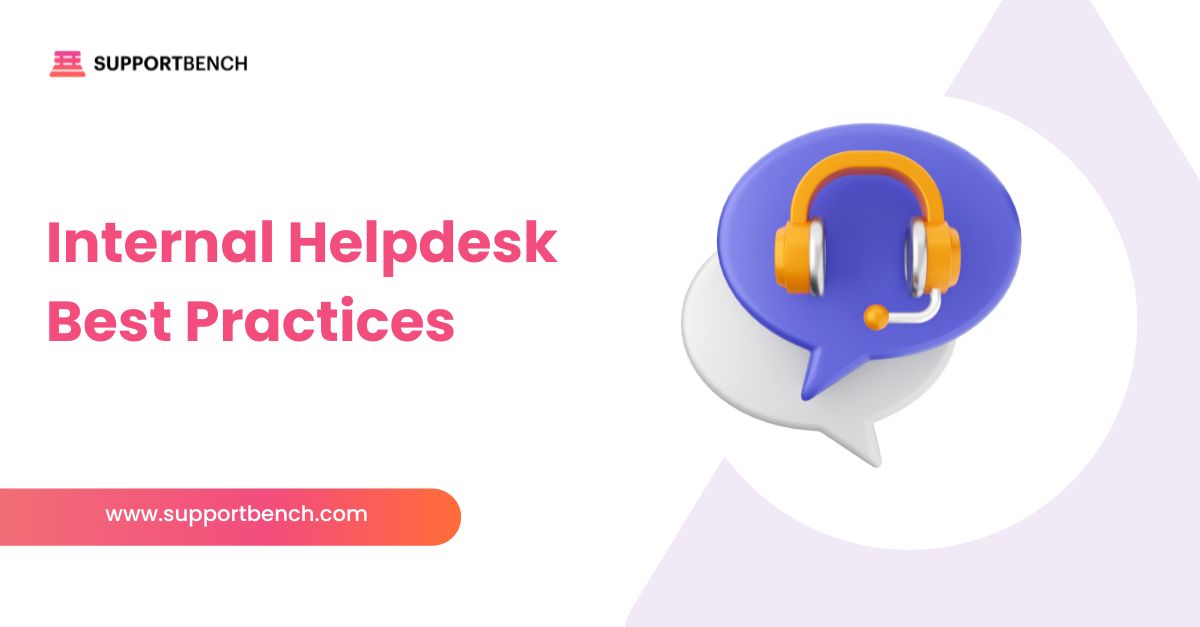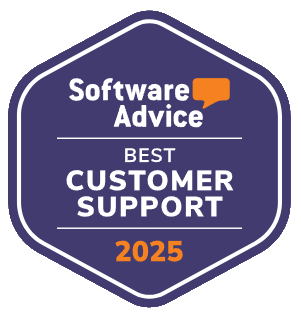Data migration is more than just copying files from one system to another—it’s a delicate, high-stakes process that can affect everything from day-to-day operations to long-term compliance.
If it goes wrong, the consequences are serious: data loss, system downtime, broken workflows, or confused users. But with the right preparation, it’s manageable—even if you’re not a technical expert.
This guide breaks down the process into simple, practical steps. It shares proven methods drawn from real migrations and explains what to expect at every stage—from planning to monitor performance and progress after the switch.
Done right, migration isn’t just a one-time task. It’s a chance to improve how your data is structured, accessed, and supported for years to come.
Here is the Quick Answer:
Data migration is high-stakes but manageable. Start with a clear plan, clean your data, and back everything up. Choose between phased or full-swap methods, test using real data, and communicate clearly throughout. After the move, validate results, monitor performance, and document lessons for next time.
Understand What You’re Migrating and Why
A successful data migration starts with knowing exactly what’s being moved—and why.
Before picking tools or timelines, pause to ask:
- What data are you migrating? (Customer information, support logs, user permissions?)
- Why now? (Are you retiring an old system, switching vendors, scaling to the cloud?)
- What are your expectations? (Faster access? Better integration? Improved reporting?)
- What limits must you work within? (Compliance requirements, short maintenance windows, strict SLAs?)
This early clarity keeps the project grounded. Even if the technical part goes smoothly, unclear goals can still result in failure—like missing fields, broken workflows, or mismatched expectations.
Start here to make every step that follows more focused and effective.

Build a Solid Migration Plan
Behind every smooth migration is a clear, structured plan.
Begin by defining your scope: What systems are involved, who owns the data, and what success looks like. Then, outline the process in phases, so you can track progress and reduce surprises.
Common phases include:
- Discovery – Audit your legacy systems to understand data structure, formats, and quality.
- Mapping – Match each field from your current system to its destination. This prevents data mismatches or omissions.
- Pilot – Migrate a small subset of data. Test results, fix bugs, and make adjustments before scaling up.
- Execution – Migrate the full dataset. Monitor the process closely to catch and resolve issues in real time.
- Validation – Verify the data after migration to confirm it’s complete, accurate, and usable.
- Post-Migration – Keep reviewing performance and user experience to identify any lingering issues.
Key Phases of a Data Migration Plan | ||
|---|---|---|
Phase | Focus | Purpose |
| Discovery | Audit Legacy Systems | Understand Structure, Volume, and Quality |
| Mapping | Source-to-Target Field Matching | Prevent Data Misalignment |
| Pilot | Test With a Small Data Subset | Validate Mapping and Performance |
| Execution | Migrate Full Dataset | Complete with Monitoring |
| Validation | Compare Pre- and Post-Migration | Ensure Data Integrity and Completeness |
| Post-Migration | Ongoing Monitoring & Optimization | Catch Errors and Refine Future Migrations |
Conduct a Thorough Data Audit and Cleansing
Before migrating any data, start with a full audit. Identify duplicates, outdated records, incomplete fields, and inconsistent formatting across systems. These hidden flaws can cause errors during mapping, migration, or validation.
Don’t just assess surface-level quality. Review how your teams have actually used the data. Have support agents used workarounds like manual tags or custom fields? Have certain entries been maintained differently than expected? Knowing these details can help you avoid issues later.
Use this audit to decide what should and shouldn’t be migrated. There’s no benefit to moving junk. A clean dataset saves time, reduces risk, and improves results in the new system.
Choose the Right Migration Method
Your migration method depends on your system complexity, data volume, and urgency. There’s no one-size-fits-all. Here are the most common approaches:
Storage Migration
This involves transferring files from one storage system to another—like from local servers to cloud environments. It’s a good opportunity to clean out corrupted or outdated files and improve how storage is structured.
Database Migration
This involves transferring files from one storage system to another—like from local servers to cloud environments. It’s a good opportunity to clean out corrupted or outdated files and improve how storage is structured.
Application Migration
This means moving entire applications between environments—often to the cloud. It might involve modifying code, addressing compatibility, or using middleware to connect older and newer components.
Cloud Migration
Migrating to the cloud—whether from on-premises or another provider—often involves updating data formats, securing connections, and adapting workflows to new tools.
Each approach comes with its own technical and planning demands, so be sure to match the method to your infrastructure and goals.
Choose Between a Phased or “Big Bang” Approaches
Both approaches can work—what matters is matching the method to your business tolerance for risk, time, and complexity.
Big Bang Migration
Everything moves at once during a scheduled cutover. It’s faster and often cheaper upfront but carries more risk. If something goes wrong, there’s little room for fallback.
Phased Migration
Data moves in smaller batches over time, often running old and new systems in parallel. This takes longer and may cost more, but it allows you to test, troubleshoot, and adjust as you go—minimizing disruptions.
Each model has its use case. Fast transitions may suit internal systems with low user impact, while customer-facing systems or complex workflows benefit from staged rollouts and more control.

Back Up Before You Begin
Even if the migration plan feels airtight, unexpected failures can and do happen. That’s why creating a reliable backup is non-negotiable.
Before you migrate anything:
✔ Perform a full backup of all source data
✔ Store backups in secure, off-site or cloud-based environments
✔ Confirm that the backup can be restored successfully if needed
Consider temporarily freezing changes to the original system during migration. This prevents mismatches caused by last-minute edits or live data updates and ensures a consistent data set is being moved.
Map Data and Determine Transformation Rules
Clear data mapping is essential for a successful migration. It ensures that each field in the source system matches its appropriate location in the target system.
Start by creating a field-level mapping document. This should show exactly how each data element will be translated, renamed, or reformatted.
Also, define transformation rules where needed—for example, converting date formats, standardizing currency codes, or matching user IDs to new naming conventions.
Pay special attention to relational data. Ensure that links between records (such as tickets and users) remain intact after the transfer. Mismatched relationships are one of the most common sources of integrity issues in poorly executed migrations.
Automate Where It Adds Value
Automation can significantly reduce errors, speed up execution, and simplify post-migration verification—but only when used intentionally.
Start by identifying repeatable tasks, such as:
- Extracting and loading data through ETL tools
- Running format validation checks
- Generating logs and audit trails
You can also schedule automated jobs to run during off-peak hours to minimize disruption. Just make sure each automation is tested thoroughly beforehand.
Avoid relying on one-time manual scripts that lack documentation or repeatability. Standardized automation helps create predictable outcomes and allows your team to reuse proven methods for future migrations.

Run Test Migrations with Real Data
Even the most detailed migration plan needs testing with real-world data before full execution.
Start by selecting a representative sample of data—including edge cases like inactive users, legacy formats, or unusual record types. Use this subset to simulate the migration process in full, from extraction to post-move validation.
During testing, confirm:
✔ All fields map correctly and retain their formatting
✔ Relational data, like foreign keys or ticket references, stays intact
✔ Character encodings work properly, especially in multilingual systems
✔ Metadata (timestamps, user IDs) is accurate and unchanged
Most importantly, involve frontline teams in the process. Have support agents and stakeholders interact with the migrated test data to ensure usability and context haven’t been lost.
Once these tests pass, you can move forward with confidence.
Backup, Rollback and Monitor
No matter how prepared your team is, migrations can go sideways. That’s why every migration plan needs strong fallback mechanisms.
Start with a full backup of all source data. Store it in a secure, offsite location and confirm its integrity before initiating the migration. Keep that backup until post-migration validation is complete.
Next, develop rollback scripts that can reverse the process if something goes wrong. These should be tested separately to ensure they can restore data without further complications.
During the migration itself, use real-time dashboards to monitor performance and progress. This visibility helps teams catch anomalies quickly—before they cascade into larger problems.
Finally, maintain detailed audit logs. Track every modification, transfer, and system action to preserve accountability and simplify compliance reviews.
Communicate Early, Often, and Clearly
A successful data migration isn’t just a technical achievement—it’s also a communication project. People are affected: employees, customers, and stakeholders. Failing to keep them informed creates confusion and undermines adoption, even if the migration is technically flawless.
Start communicating during the planning phase. Let users know what’s coming, why it’s happening, and how it might affect them. Keep the tone clear and practical. During testing, invite key users to preview the system and provide feedback. This builds trust and flags usability issues early.
When it’s time to go live, offer a detailed rollout schedule and provide advance notice of any planned downtime. Be transparent about risks and clear about where to go for help. After the migration, continue communication through training, support channels, and follow-up updates.
Clear and early messaging helps users feel included, reduces disruption, and encourages adoption. Poor communication, on the other hand, creates frustration even when everything works.
Validate and Monitor Post-Migration
Once the migration completes, the real work begins. Validation is your safety net—it confirms that everything moved as expected and continues to function correctly in the new system.
Start with essential workflow tests. Can support teams still create, update, assign, and close tickets without friction? Are permissions configured correctly so only the right people see sensitive data? Do reports still reflect accurate history and current activity?
Beyond functional checks, encourage daily users to report anything that feels off—broken links, missing attachments, or mislabelled fields. Set up a dedicated feedback channel or triage system so issues can be reviewed and fixed quickly.
Track system health through internal dashboards, audit logs, and routine user feedback. These tools help surface issues early, guide refinements, and maintain confidence in the new environment.
Post-migration isn’t just about catching bugs. It’s about restoring usability, validating trust, and proving the value of your new system.

Learn and Document for the Future
Every data migration project—no matter how smooth or messy—offers lessons that can strengthen future efforts. Capturing those insights is essential.
Once the system is live and validated, run a formal retrospective. Bring together project leads, technical teams, and users to identify what worked well, what caused friction, and what could be improved.
Document these findings in a centralized place. Include:
- Steps that saved time or reduced errors
- Scripts or templates used effectively
- Workarounds that emerged under pressure
- Missteps or delays and how they were resolved
Create a migration knowledge base or internal guide that future teams can access. Over time, this internal documentation helps prevent repeating mistakes and builds confidence across departments.
By treating each migration as a learning experience, you invest not just in the system—but in the organization’s ability to adapt, improve, and scale more efficiently in future projects.
A Word on Security and Privacy
Security isn’t a final step—it must be built into the entire migration process. From the moment you begin planning to the last stage of validation, data protection should guide every decision.
Encrypt data during transfer, both at rest and in transit. Limit access to migration tools, backup files, and staging environments to essential personnel only. Use secure protocols for all transfers and ensure test environments are wiped after use.
Audit logs are your best defence if something goes wrong. Track who accessed what, when, and why. These records also help maintain compliance and support internal reviews.
If you’re operating under regulations like GDPR, HIPAA, or industry-specific retention laws, validate that all steps respect those requirements. This includes not only what is migrated, but also what is excluded, archived, or deleted.
Strong data governance during migration doesn’t just protect your business—it builds long-term trust with customers, partners, and internal stakeholders.
Case Study: Rossi Residencial
The Challenge: Rossi Residencial, a leading construction company in Brazil, faced the need to migrate four SAP environments to a more scalable cloud platform. Their existing infrastructure was costly and lacked dependable customer service, which made support delays and system downtimes a recurring issue.
The Approach: To address this, Rossi partnered with Sky.One and Google Cloud, selecting Migrate to Virtual Machines (formerly Velostrata) for the project. With detailed planning, they mirrored their architecture and mapped all systems in advance. The migration strategy included a full pre-migration assessment, phased rollouts, and rigorous validation processes.
The Results: The result was Rossi’s first-ever zero-downtime migration. SAP systems moved successfully to the cloud, cutting infrastructure costs by 50%. No unavailability incidents were reported during the migration, and the IT team could shift focus from firefighting to strategic initiatives. The project became a model for future data migrations within the company.1
Final Thoughts
Data migration is more than a technical milestone—it’s a business-critical transformation. Without proper planning, even minor missteps can lead to data corruption, costly downtime, or compliance risks. But when executed strategically, it can unlock major efficiencies, simplify systems, and set the foundation for scalable support solutions.
The key lies in building a thoughtful roadmap: auditing your data, defining transformation rules, testing rigorously, documenting lessons, and communicating clearly at every stage.
Organizations that treat migration as a structured, repeatable process—not just a one-time task—build lasting confidence in their data systems and maintain momentum as they evolve. Tools like Supportbench can help ensure the right checks, automation, and integrations are built into the process from day one.















